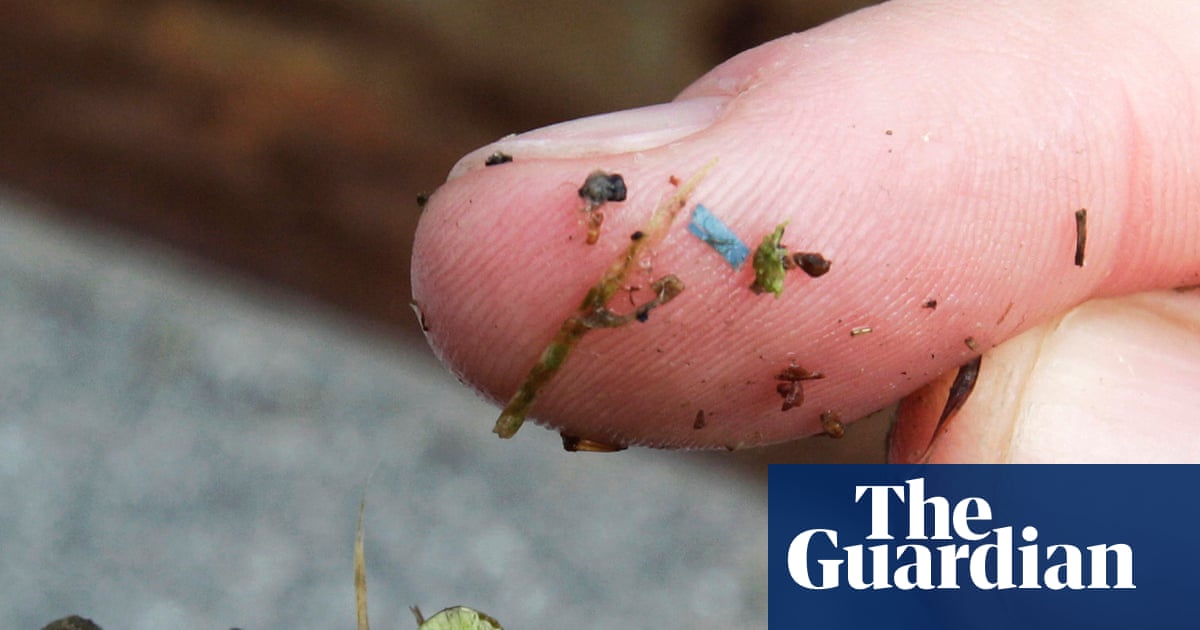Summary: A new study links shorter sleep duration in teens to higher social media usage, involving brain regions crucial for executive control and reward processing.
The inferior frontal gyrus and middle frontal gyrus are key in how adolescents regulate engagement with social media and manage decisions related to sleep. These findings highlight the significant impact of digital engagement on brain activity and adolescent brain development.
Key Facts:
- Correlation: Shorter sleep duration in teens is correlated with greater social media usage.
- Brain Regions: Key brain regions involved include the inferior frontal gyrus and middle frontal gyrus, which are essential for inhibitory control and executive functions.
- Implications: High social media engagement and poor sleep quality can significantly influence neural reward sensitivity and brain development in adolescents.
Source: American Academy of Sleep Medicine
A new study to be presented at the SLEEP 2024 annual meeting found a distinct relationship between sleep duration, social media usage, and brain activation across brain regions that are key for executive control and reward processing.
Results show a correlation between shorter sleep duration and greater social media usage in teens. The analysis points to involvement of areas within the frontolimbic brain regions, such as the inferior and middle frontal gyri, in these relationships.
The inferior frontal gyrus, key in inhibitory control, may play a crucial role in how adolescents regulate their engagement with rewarding stimuli such as social media.
The middle frontal gyrus, involved in executive functions and critical in assessing and responding to rewards, is essential in managing decisions related to the balancing of immediate rewards from social media with other priorities like sleep.
These results suggest a nuanced interaction between specific brain regions during adolescence and their influence on behavior and sleep in the context of digital media usage.
“As these young brains undergo significant changes, our findings suggest that poor sleep and high social media engagement could potentially alter neural reward sensitivity,” said Orsolya Kiss, who has a doctorate in cognitive psychology and is a research scientist at SRI International in Menlo Park, California.
“This intricate interplay shows that both digital engagement and sleep quality significantly influence brain activity, with clear implications for adolescent brain development.”
This study involved data from 6,516 adolescents, ages 10-14 years, from the Adolescent Brain Cognitive Development Study. Sleep duration was assessed from the Munich Chronotype questionnaire, and recreational social media use through the Youth Screen Time Survey. Brain activities were analyzed from functional MRI scans during the monetary incentive delay task, targeting regions associated with reward processing.
The study used three different sets of models and switched predictors and outcomes each time. Results were adjusted for age, COVID-19 pandemic timing, and socio-demographic characteristics.
Kiss noted that these results provide new insights into how two significant aspects of modern adolescent life – social media usage and sleep duration – interact and impact brain development.
“Understanding the specific brain regions involved in these interactions helps us identify potential risks and benefits associated with digital engagement and sleep habits,” Kiss said. “This knowledge is especially important as it could guide the development of more precise, evidence-based interventions aimed at promoting healthier habits.”
The American Academy of Sleep Medicine recommends that teenagers 13 to 18 years of age should sleep 8 to 10 hours on a regular basis. The AASM also encourages adolescents to disconnect from all electronic devices at least 30 minutes to an hour before bedtime.
Funding: This study was supported by grants from the National Institutes of Health.
About this sleep, social media, and neurodevelopment research news
Author: Thomas Heffron
Source: American Academy of Sleep Medicine
Contact: Thomas Heffron – American Academy of Sleep Medicine
Image: The image is credited to Neuroscience News
Original Research: The findings will be presented at SLEEP 2024

Sarah Carter is a health and wellness expert residing in the UK. With a background in healthcare, she offers evidence-based advice on fitness, nutrition, and mental well-being, promoting healthier living for readers.








